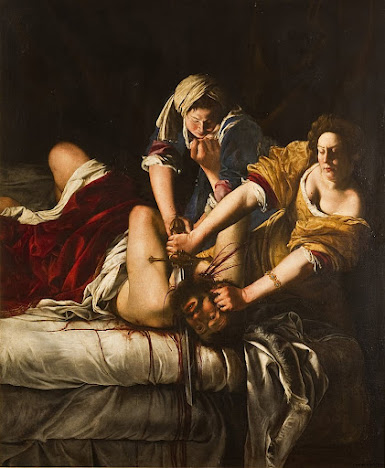Romantic Era Blog

My blog will be comparing the Hudson River School style to that of the German Romantic Movement. The Hudson River School style lasted from roughly 1825-1890 before falling out of popularity, with the German Romantic Movement lasting from the late 1700's to the early 1800's. While the Hudson River School specifically focused on renditions of the vast, luscious American landscapes, the German Romantic Movement was more broad in what it covered. The German Romantic Movement focused on emotion and nature, trying to express the "German soul" through stoic and breathtaking paintings of scenes ranging from natural landscapes to impactful portraits. The Hudson River School Cole, Thomas. The Oxbow . 1836, The Metropolitan Museum of Art, New York " The Oxbow" presents a grand scene brimming with vibrant green plant life and an expansive background featuring the Connecticut river. Cole, coming from Ohio, found great inspiration in his early 20's to paint grand pa...

